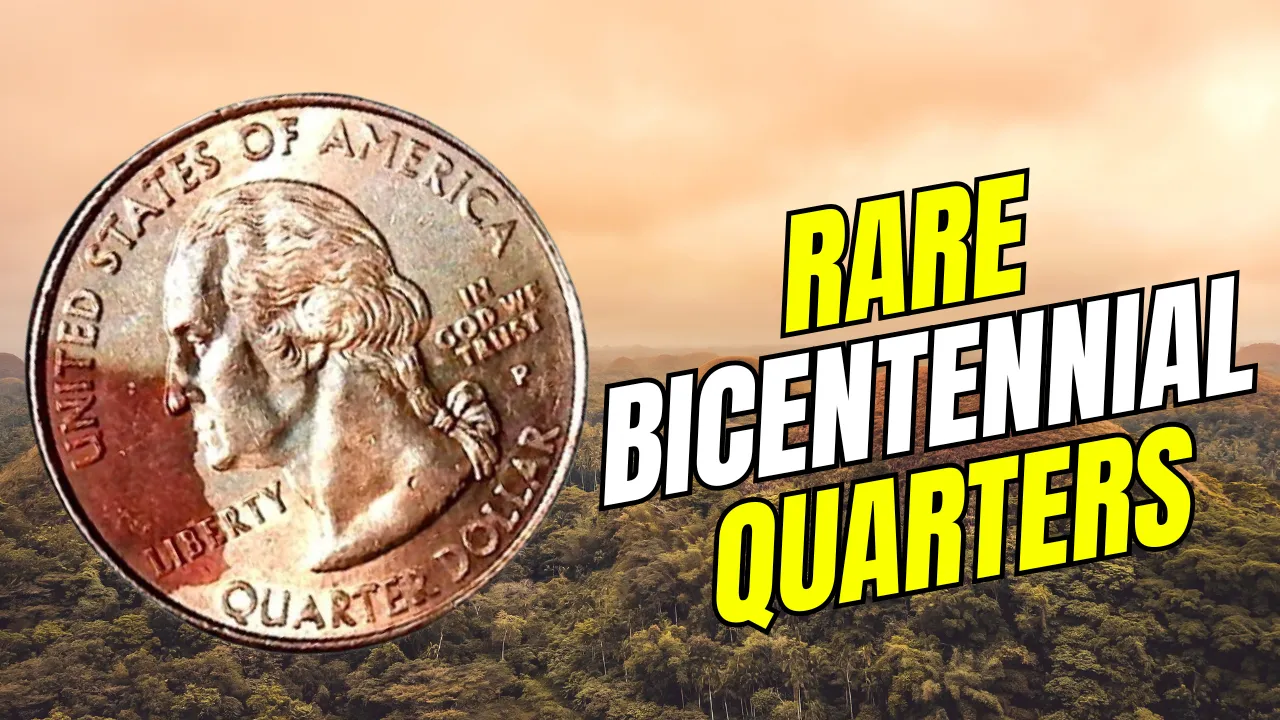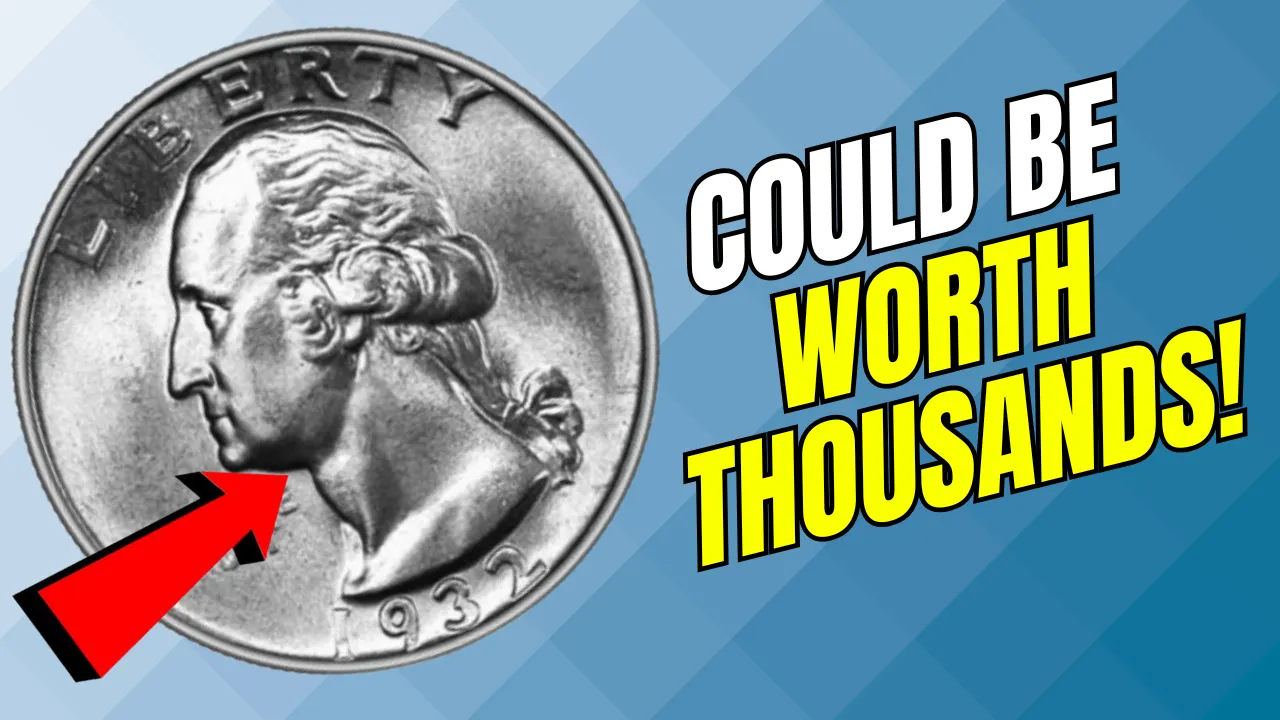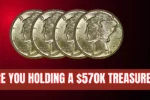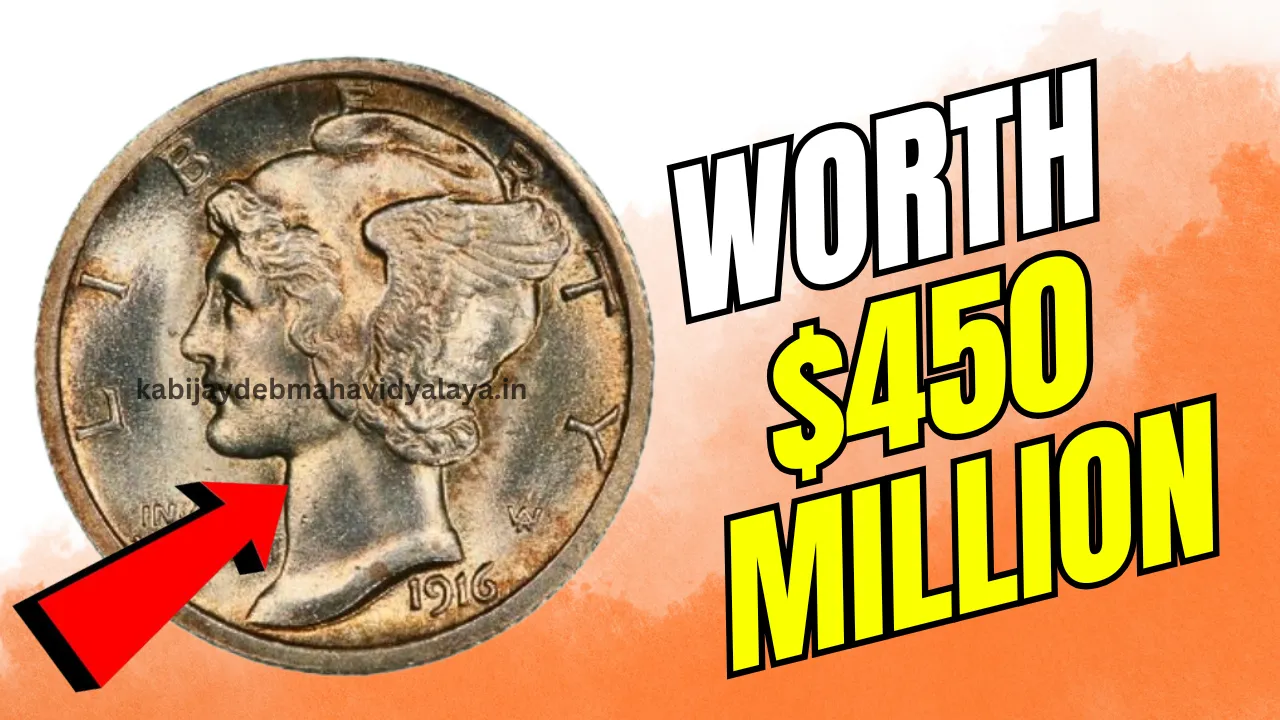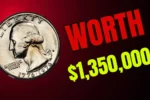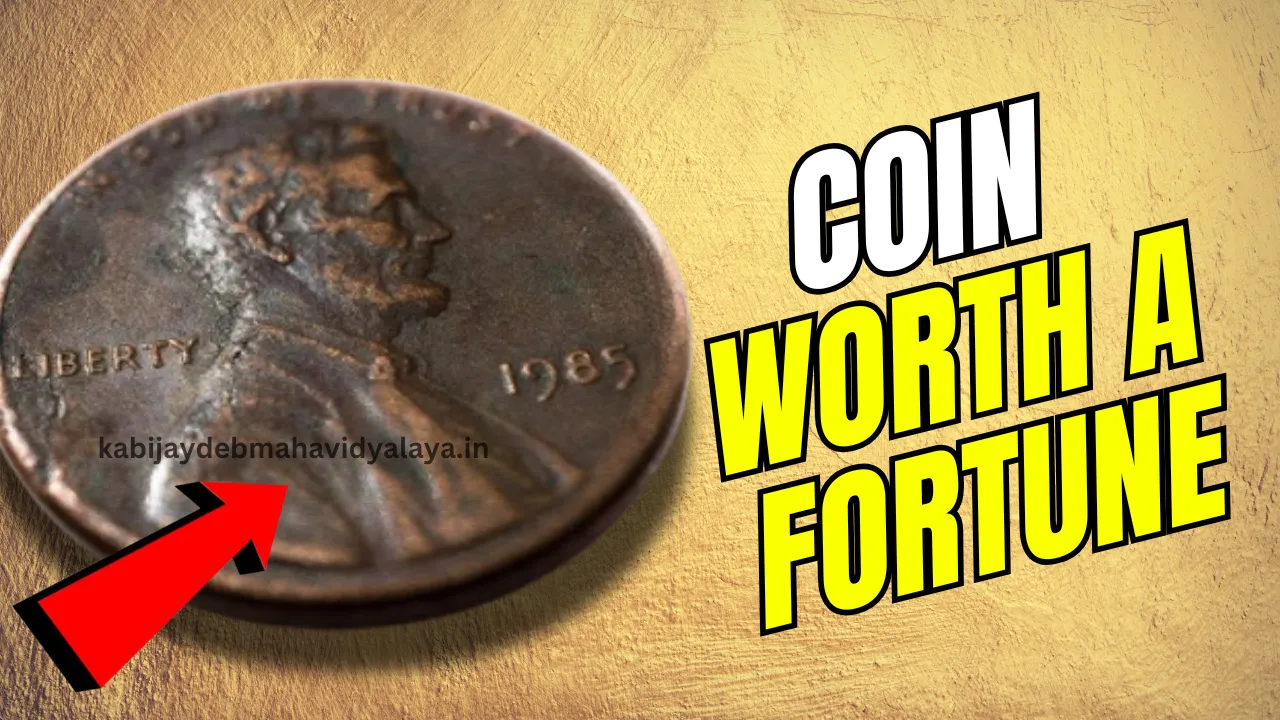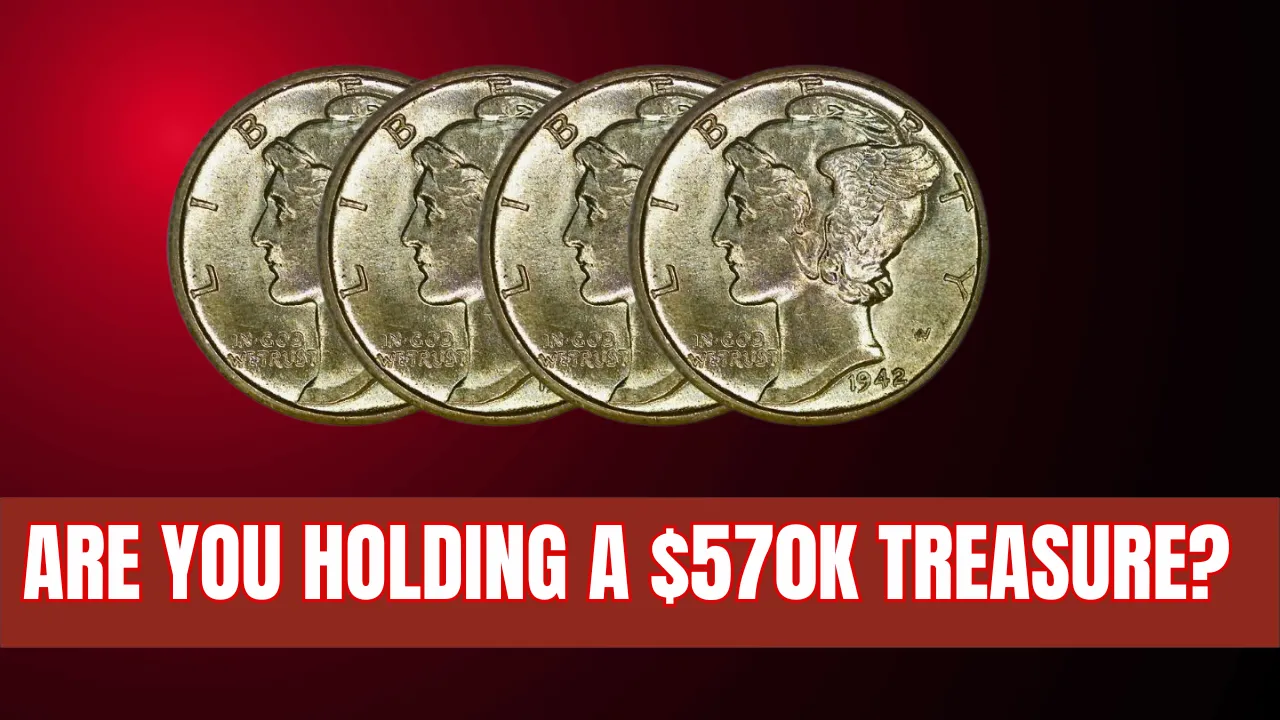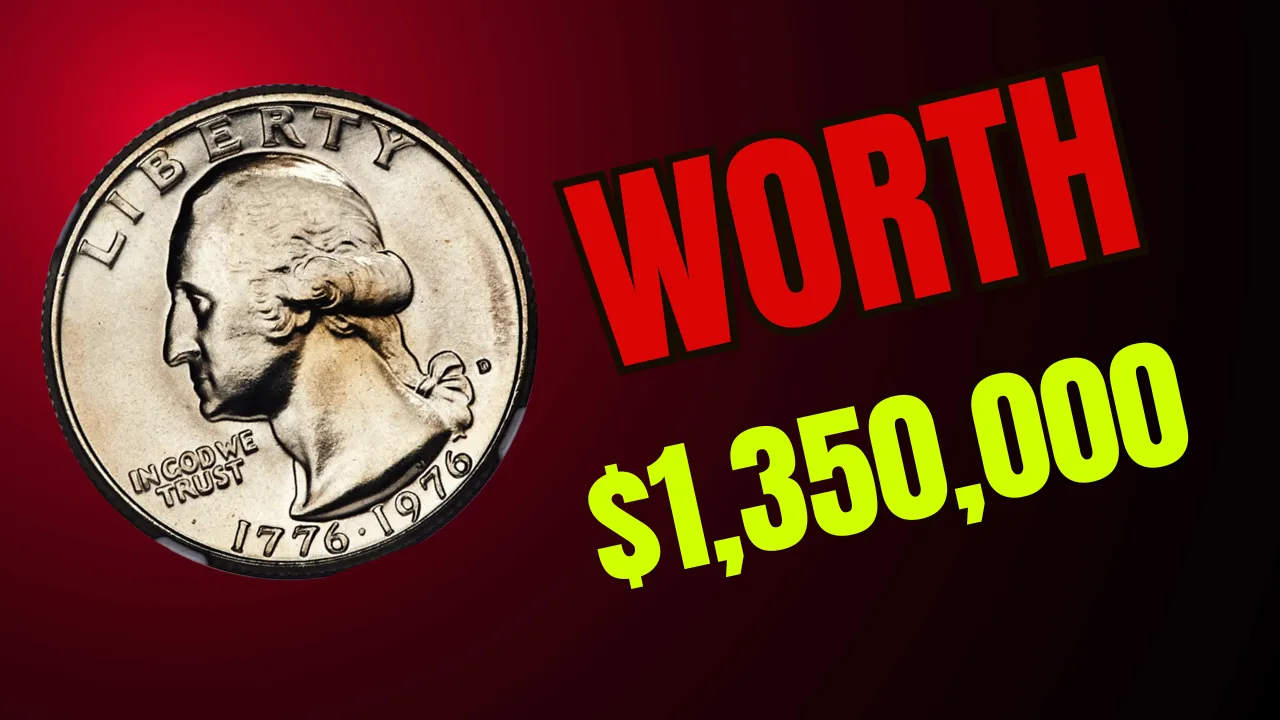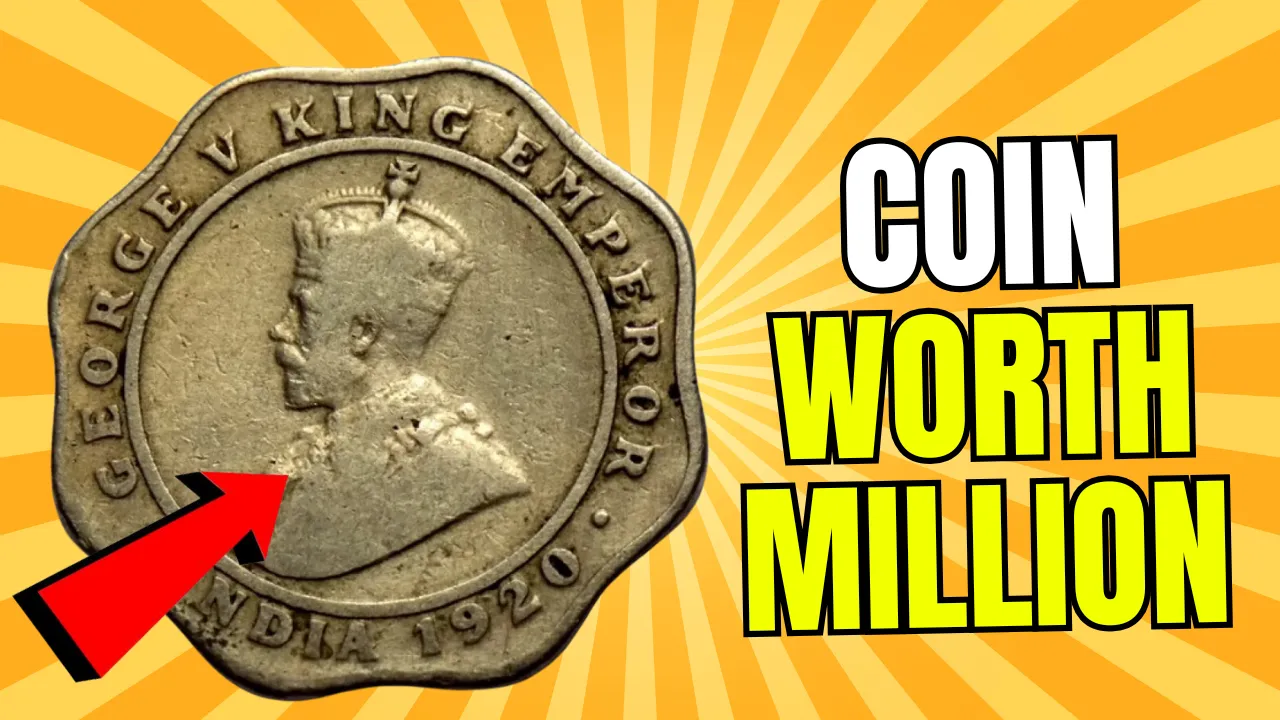Rare Bicentennial Quarters You Need to Look Out For: The rare Bicentennial quarters are more than just coins; they are commemorative pieces celebrating America’s 200th anniversary. Introduced in 1976, these quarters were widely distributed, but certain varieties stand out due to unique characteristics, errors, or limited production. While most people consider them common, a handful of these quarters can be worth much more than their face value.
If you’ve ever wondered whether those Bicentennial quarters in your coin jar could be rare and valuable, you’re in for a treat. This article explores the most sought-after Bicentennial quarters, detailing what makes them special, how to identify them, and why collectors are willing to pay top dollar for them. Let’s dive into the fascinating world of these iconic coins.
Overview of Rare Bicentennial Quarters
| Type | Unique Feature | Value Range |
| 1976 Silver Proof Bicentennial Quarter | 90% silver composition, available only in limited proof sets | $50+ |
| 1976-D Bicentennial Quarter (Error Coin) | Struck-through error caused by debris during minting | Up to $500+ |
| 1976-S Proof (Clashing Error) | Minting die clash creates overlapping designs | $100–$300 |
| 1976 No Mintmark Bicentennial Quarter | Extremely rare, likely minted in Philadelphia | $50–$200+ |
| 1976-P Double Die Obverse | Doubling of features like the date or lettering | $100–$200+ |
What Makes Bicentennial Quarters Rare?
Most Bicentennial quarters are worth their face value, but a small number have features that set them apart. These features include:
- Minting Errors: Coins with production mistakes, such as doubling or clashing, are highly desirable.
- Silver Content: While most Bicentennial quarters are copper-nickel, silver proofs were made in limited numbers for collectors.
- Unusual Mintmarks: Rare varieties, such as no-mintmark quarters, fetch higher prices due to their scarcity.
Understanding these characteristics is the first step to identifying a rare Bicentennial quarter.
1976 Silver Proof Bicentennial Quarter
One of the most coveted rare Bicentennial quarters is the 1976 Silver Proof. Unlike standard circulating quarters, which were made of copper-nickel, these coins were composed of 90% silver. Sold exclusively in special U.S. Mint proof sets, they were never intended for general circulation.
These quarters feature a mirror-like finish and exceptional detail. Their higher silver content alone makes them valuable, and pristine examples can sell for $50 or more. If you spot one of these in your collection, you’ve struck a small treasure.
The 1976-D Struck-Through Error Quarter
Errors add a layer of uniqueness that collectors love, and the 1976-D Bicentennial Quarter with a struck-through error is no exception. These coins were minted in Denver but carry a distinctive flaw caused by debris or foreign objects interfering with the minting process.
The result? Coins with unusual marks or impressions that make them one-of-a-kind. Depending on the size and visibility of the error, these coins can be worth hundreds of dollars. If you come across a quarter with odd markings, it’s worth having it examined by an expert.
1976-S Proof with Clashing Error
The 1976-S Proof Bicentennial Quarter with a clashing error is another fascinating find. This error occurs when minting dies collide without a coin between them, transferring parts of one die’s design onto the other. The result is a coin with faint, overlapping designs that shouldn’t normally appear.
These clashing errors are rare, especially on proof coins, which are struck with extra care. Coins with this flaw can fetch anywhere from $100 to $300, depending on their condition and the clarity of the error.
1976 No Mintmark Bicentennial Quarter
Another standout is the 1976 Bicentennial Quarter with no mintmark. Most quarters from this year display a “D” (Denver) or “S” (San Francisco) mintmark, but a few lack any marking altogether. These coins are believed to have been produced at the Philadelphia Mint, where mintmarks were not typically used.
The absence of a mintmark makes these coins extremely rare and valuable. Depending on their condition, no-mintmark Bicentennial quarters can sell for upwards of $200.
The 1976-P Double Die Obverse
The 1976-P Bicentennial Quarter with a double die obverse is a standout error coin. This occurs when a die strikes the coin multiple times without proper alignment, causing design elements like the date, lettering, or image of Washington to appear doubled.
Coins with a clear double die error are highly collectible and can sell for $100 to $200 or more. To identify this error, carefully inspect your quarter under magnification, focusing on the date and inscriptions.
Tips for Identifying Rare Bicentennial Quarters
- Examine the Mintmark: Look for unusual mintmarks or the absence of one altogether.
- Check for Errors: Use a magnifying glass to spot clashing designs, doubling, or other irregularities.
- Inspect the Finish: Proof coins, especially silver ones, have a mirror-like surface.
- Weigh the Coin: Silver proofs are heavier than standard copper-nickel quarters.
- Grade the Condition: Coins in uncirculated or mint condition fetch higher prices.
Why Collectors Value These Coins
- Historical Significance: These quarters commemorate America’s bicentennial, making them historically important.
- Scarcity: Errors, silver composition, and unique mintmarks add rarity, driving up demand.
- Collector Appeal: Rare Bicentennial quarters are must-haves for both casual and seasoned coin enthusiasts.
FAQs About Rare Bicentennial Quarters
How do I identify a silver Bicentennial quarter?
Silver Bicentennial quarters have a shiny, reflective surface and are often found in proof sets. They weigh more than standard quarters due to their silver content.
What is a struck-through error?
This error occurs when a foreign object, such as debris, interferes with the minting process, leaving unusual markings or impressions on the coin.
Why are no-mintmark quarters valuable?
The absence of a mintmark on a 1976 quarter is extremely rare, as most were produced in Denver or San Francisco. These coins are believed to have been minted in Philadelphia.
Final Thoughts
The rare Bicentennial quarters offer a unique glimpse into history and the potential for financial reward. From silver proofs to error coins, these treasures may be hiding in your pocket change or collection. Take the time to inspect your quarters—you might uncover a piece worth far more than its face value.
If you’ve found a rare quarter or want to share your story, leave a comment below. Don’t forget to explore other collectible coins and their fascinating histories. Happy hunting!
